Digital advertising is evolving and doing so at a very fast pace. To CMOs, this implies continuously changing to novel places and means of contacting people, and ensuring that their online advertisement funds perform well.
The article will deconstruct the best trends of digital ads in 2025.We’ll look at what’s becoming popular and what steps CMOs should consider taking to stay competitive.
Know More About Marketing Trends
- Brand Marketing in 2025: How to Stay Ahead in a Rapidly Evolving Landscape
- The Rise of Multi-Channel Marketing: Trends and Insights
- Top Buying Behavior Insights Every Marketer Needs for Effective Customer Acquisition in 2025
1. AI-Driven Personalization and Automation in Digital Ads
The development of artificial intelligence (AI) and machine learning (ML) transforms internet advertisement creation and reproduction. This was followed by a highly customized digital advertisement which will be much more in 2025. These adverts will be personalized based on individual interest, past trend, and even at the present time, so that a better interaction leads to a greater conversion.
The real-time bidding and audience targeting has also become very efficient due to the use of AI tools. They are able to automate some aspects of campaign management, leaving the marketing teams free to contribute to the strategy. In addition to targeting, AI is currently being used to create ad copy, video editing and the generation of multiple iterations of digital ads through a process that is extraordinarily fast.
Main lesson: CMOs must think about how to deploy AI technology in their digital advertisement technology. It will aid in speed, making the campaigns larger, and guaranteeing a high level of accuracy.
2. Short-Form and Shoppable Video Content in Digital Ads
Short-video remains the most dominant way of humans spending their time in cyberspace. Many consumers are concentrated in the platforms such as TikTok, Instagram Reels, and YouTube Shorts. This fuels the need for digital ads that are less than a minute and several brands are going as short as possible to capture attention in the shortest time.
A major development is “shoppable video.” This feature lets viewers buy products directly from the video ad, removing steps in the buying process. Platforms are becoming virtual storefronts where a quick tap can lead to a purchase within digital ads.
Tip: It’s a good idea to work with content creators who are good at making these short videos. Also, test out digital ads formats that allow for direct purchases within the video itself.
3. Immersive and Interactive Digital Ad Experiences
Consumers, especially younger generations like Gen Z and Gen Alpha, are looking for more than just a passive ad. They want to engage with brands. This is pushing the use of immersive and interactive digital ads experiences.
Augmented Reality (AR) allows for “try before you buy” experiences, like virtually trying on clothes or seeing how furniture looks in a room before purchasing. Virtual Reality (VR) is creating opportunities for virtual stores or brand experiences, offering a deeper connection. Gamified digital ads formats and interactive carousels also keep users involved, driving better memory of the ad and encouraging further interaction.
Pro move: Work with ad platforms that support AR software development kits (SDKs) or those that can handle 3D creative assets to create these digital ads experiences.
4. Voice and Visual Search Advertising Impacting Digital Ads
The method of searching is no longer limited to typing of keywords in search of information and products. Voice search is becoming prevalent, and smart speakers, as well as mobile voice assistants, are making it much more accessible, so the keyword strategy of digital advertising should reflect how people talk.
Visual search, such as Pinterest Lens and Google Lens, enable consumers to search and shop with visuals. Use of phone to point at an item and seeing where to purchase it is becoming an efficient method of discovering products and is affecting the manner in which digital advertising is identified.
Implication: You should make sure that your digital advertisement copy and product description are optimized based on both visual and conversational search intention. Consider what words customers would use when they address a voice assistant, and make sure that your product metadata is enriched in the way to allow searching by image.
5. Data Privacy and the Rise of Zero-Party Data in Digital Ads
The digital advertisement space is leaving the third-party cookie behind. This post-cookie world implies that CMOs are concerned with gathering consumer data at the source and that it is with the consent of the consumer. This is referred to as zero-party data.
Consumers are being asked their preferences, interests and intentions directly through interactive content, such as quizzes, surveys and chatbots that the brands use to ask them. This creates confidence as the consumer is aware of what information he/she is submitting. Such regulations as GDPR (Europe) and CCPA (California) are only getting stricter about data processing, and data practices need to be transparent and consent-based to make digital ads work.
Best practice: Establish trust with your audience by collecting data in an open manner and only by expressly following their authorization.
6. Social Commerce and the Influencer Evolution in Digital Ads
Social media is slowly turning into a direct shopping venue. The swipe to buy feature, or the ability to make a purchase without leaving the app is becoming a standard feature. This makes the conversion between discovery and purchase quite easy in the digital ads settings.
The influencer’s role is also shifting. Although mega-influencers continue to exist, there is an increased tendency towards micro and nano influencers. These smaller creators also tend to have strong and organic relationships with their niche audiences and this is why brands operating digital advertisements tend to get high returns on their investments. Platforms are also enhancing their analytic tools so that they can follow better how social commerce and influencer campaigns work.
CMO takeaway: See how you can combine community building and direct commerce on social, particularly in digital advertising.
7. Sustainability and Ethical Considerations in Digital Ads
Consumers are becoming conscious of the social and environmental impact of a brand. By 2025, you will find more consumers who will hold the brands responsible.
It implies the inclusion of green messages and Environmental, Social, and Governance (ESG) commitments in digital advertisements strategies. More eco-friendly ad formats are also being pursued, and they seek to achieve a reduced carbon delivery of digital ads. It can be of benefit to demonstrate authentic care about values in your messages and establish and maintain long-term customer loyalty.
8. Programmatic and Omnichannel Digital Ads
Programmatic advertising, which automates the purchase of advertisements with the help of AI, is also getting better at targeting the correct audience at the correct time. This creates improved efficiency and effectiveness of digital ads.
Besides the channel level, it is important to achieve omnichannel consistency. This implies one consistent brand message and experience across all points of contact: your site, mobile app, connected TV, voice platforms, and even Out-of-Home (OOH) digital ads displays.
CMO action: You might want to consider investing in advertising platforms that have unified campaign dashboards and measuring tools. This will enable you to view the performance of your digital advertising on all channels at a glance.
9. Advanced Analytics and Performance Modeling for Digital Ads
Unless you can interpret data and take action upon it, it is useless. This is likely to get more widespread in 2025, with real-time AI dashboards so that marketers can easily make changes to digital ads campaigns based on their performance.
Marketing Mix Modeling (MMM) is increasingly becoming popular. This method enables brands to know how various marketing platforms can lead to the overall outcomes to make wiser budgeting decisions regarding digital advertisements. Moreover, the emphasis is moving towards attention to data based metrics the time engaged on an advertisement, how far one scrolls down the page and direct engagement.
Hint: Do not focus only on click through rates (CTR). Maximize a combined Cost Per Acquisition (CPA) and strive to be efficient throughout the customer journey, including customer awareness to the end product/service purchase via digital advertising.
Summary Table: 2025’s Key Digital Ads Trends for CMOs
Here’s a quick overview of the major trends and what CMOs should consider doing:
| Trend | Key CMO Action |
|---|---|
| AI Personalization | Adopt generative and targeting AI across digital ads campaigns. |
| Short-Form Video Ads | Prioritize 6–15 second vertical content with clear calls to action. |
| Shoppable & Interactive Ads | Enable direct purchase and interactivity within digital ads formats. |
| Voice & Visual Search | Optimize content and metadata for multimodal (voice and image) discovery in digital ads. |
| Data Privacy | Invest in zero-party data tools and privacy-first strategies for digital ads. |
| Social Commerce | Use in-platform checkout features and work with niche influencers for digital ads. |
| Ethical Advertising | Lead with purpose and show clear proof of your brand’s impact and values in digital ads. |
| Programmatic & Omnichannel | Consolidate tools to manage full-funnel, cross-platform delivery of digital ads. |
| Performance Analytics | Use Marketing Mix Modeling (MMM) and real-time dashboards to guide digital ads spend decisions. |
Pro Tip: Supercharge Personalization with HT One Audience
With the digital ads environment transforming in 2025 to include personalization via artificial intelligence, zero-party data approaches, and high-priority on privacy-focused performance, one of the main tasks of CMOs is ensuring the relevance of the messages on a large scale. That is where HT One Audience by HT Media can assist.
Relevant Leading Performance
HT One Audience is the proprietary first-party targeting tool of HT Media. It uses huge data of behaviors of more than 140 million digital users through more than 20 highly engaging platforms. This can enable the advertisers to develop very relevant digital advertisement campaigns through the use of well designed audience groups. The groups are tailored on actual Browse patterns and buying intents, without compromising on user privacy and trust. This coupled with the large reach of HT Media, enables brands to reach out to their exact target audience via relevant messaging.
Built for Performance, Across Industries
HT One offers ready-made audience segments for various industries and specific consumer groups. For instance, these include:
- HT One Elite for luxury and premium segments.
- HT One Nivesh for investors and those interested in finance.
- Other tailored segments include HT One Techno, FMCG, Eklavya, B2B, Musafir, and Food & Beverage, each designed for distinct industry verticals.
Whether your goal is to get new customers, keep existing ones, or simply tell your brand’s story, HT One helps ensure your digital ads message reaches the right audience at the right time, across web, mobile, and native platforms.
Privacy-Safe, High-Impact
The infrastructure of HT One allows placing digital ads that do not break the existing regulations but preserve the trust of users. It is a significant edge in the world where third-party cookies are fading away and user consent is everything. HT One Audience is powered by the homegrown Customer Data Platform (CDP) of HT Media that processes more than 100 million events every day across its digital properties, and profiles users within a privacy-first system. This enables segmentation, which fuels more specific campaigns and provides more customized content. Add to this an absolutely huge digital reach and user engagement of HT Media, and you have targeting that is not only effective but also successful in your digital ads.
Discover how HT One can drive your next digital ads campaign: Discover HT One Audience.
Frequently Asked Questions
What will be the best digital ads trends in 2025 by CMO?
As trends, there is AI personalization, short video shopping, voice/visual search, zero-party data, and omnichannel programmatic ads.
What can AI do to enhance the performance of digital advertising?
AI assists in automating the targeting, personalizing the content on a large scale and optimizing the campaigns in real-time, which enhances ROI and engagement.
What is zero-party data and how does it matter?
Zero-party data is the information provided by users on their own. It assists CMOs to create trust and engage in consent-based, privacy-compliant digital ads campaigns.
What is the impact of shoppable videos on the world of ads?
The use of shoppable videos enables users to make purchases in the video advertisements themselves to reduce the conversion funnel and increase the in-ad purchase rate.
How does HT One Audience fit in online advertising?
HT One Audience allows privacy-safe targeting to 140M+ users, and this is made possible by leveraging first-party insights to deliver powerful, data-driven ad campaigns.
Ready to take your brand to the next level? Connect with us today to explore how HT Media can amplify your presence across our diverse portfolio of 25+ brands and properties. Let's turn your brand vision into reality!

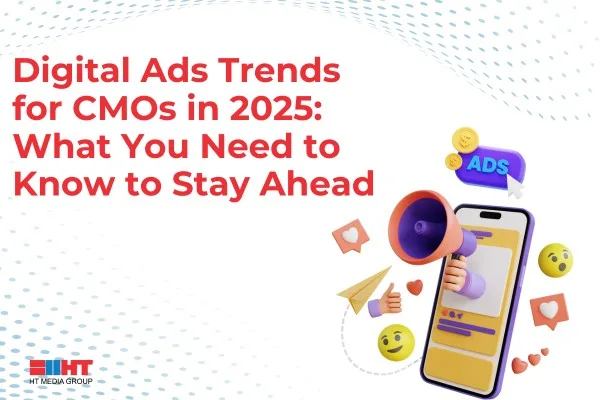

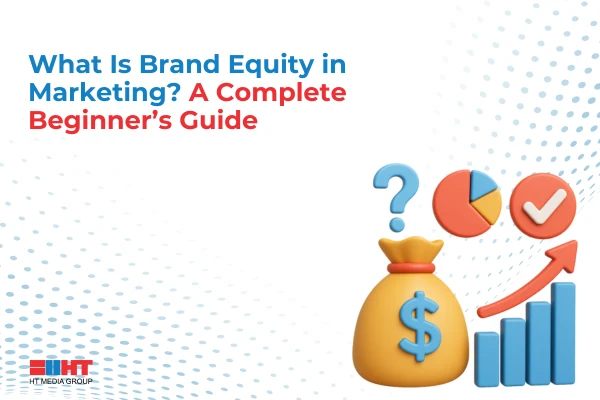
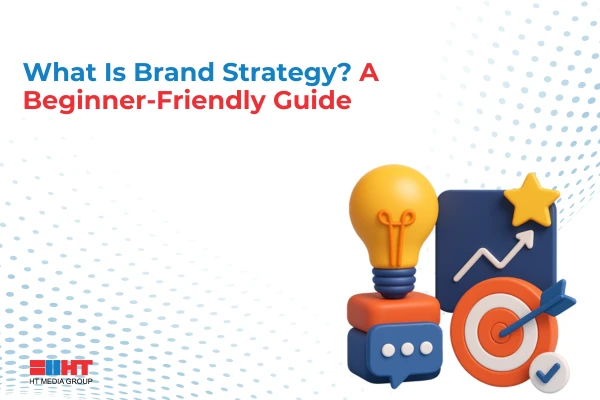
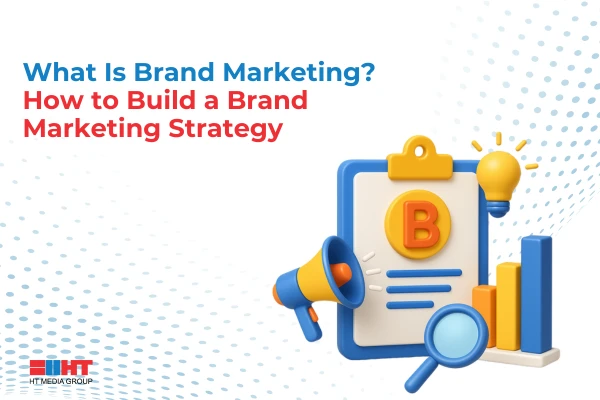
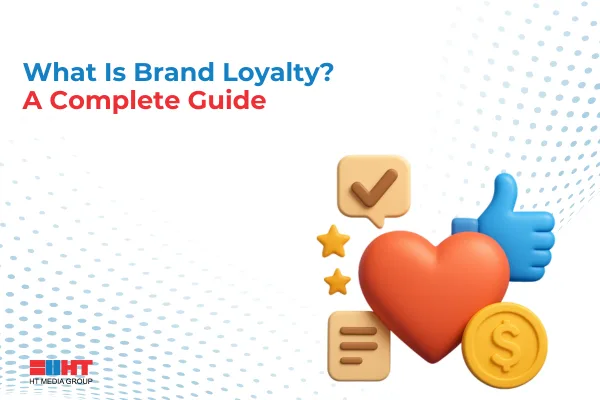
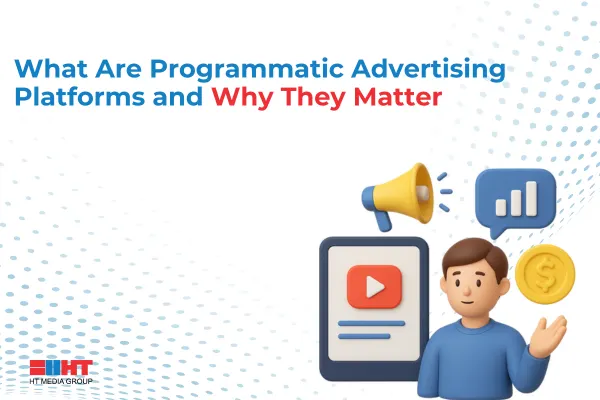
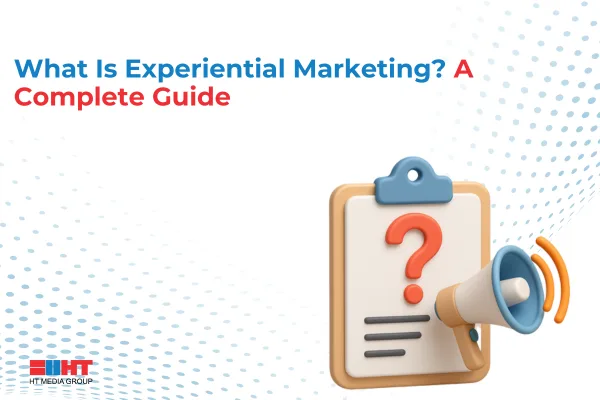
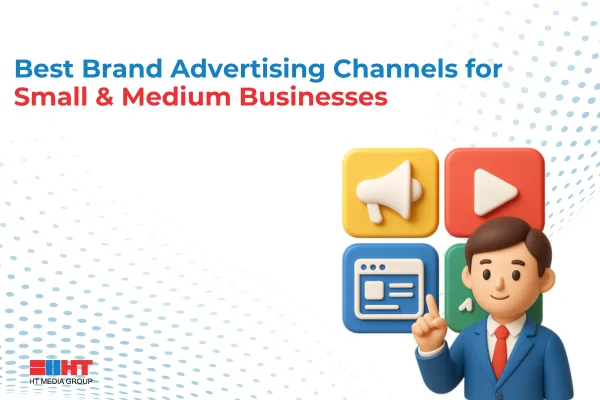
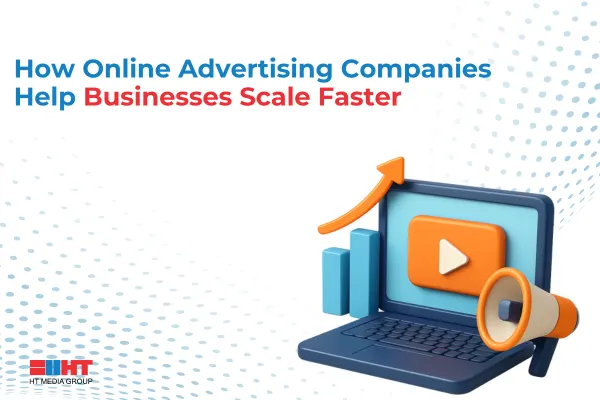
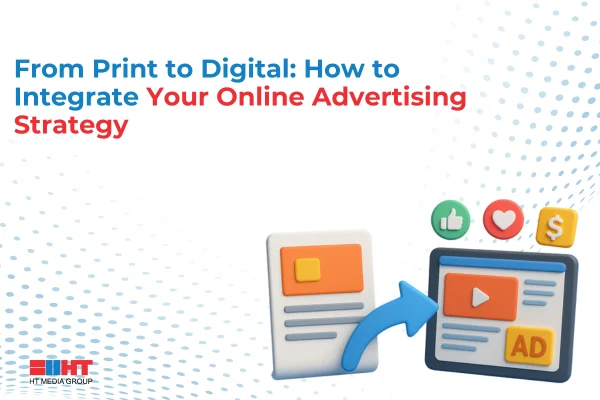
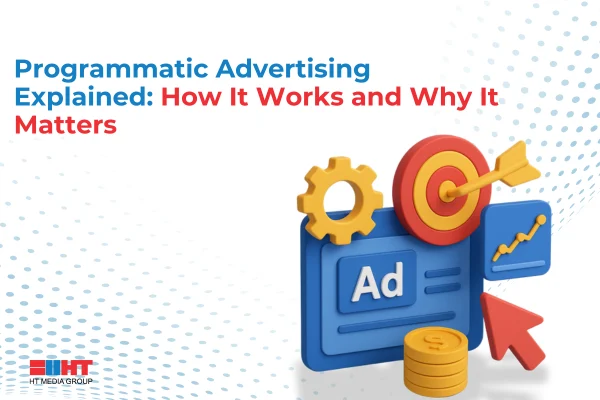
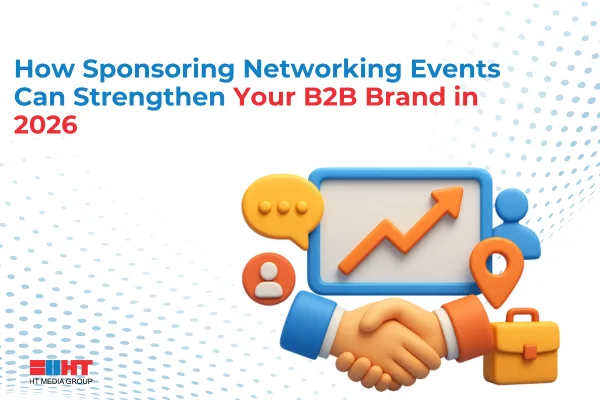
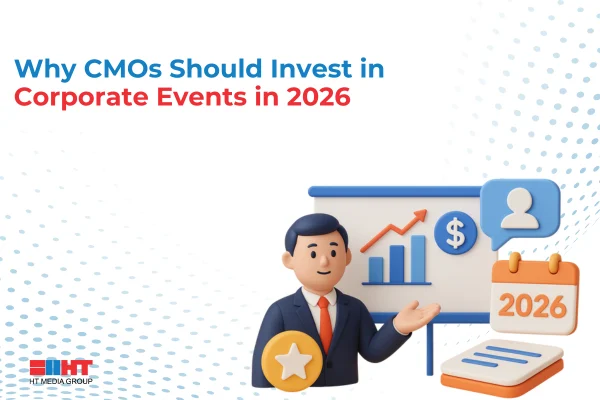
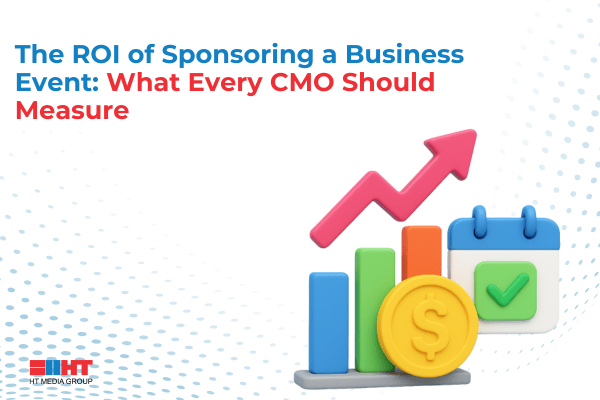

Comment